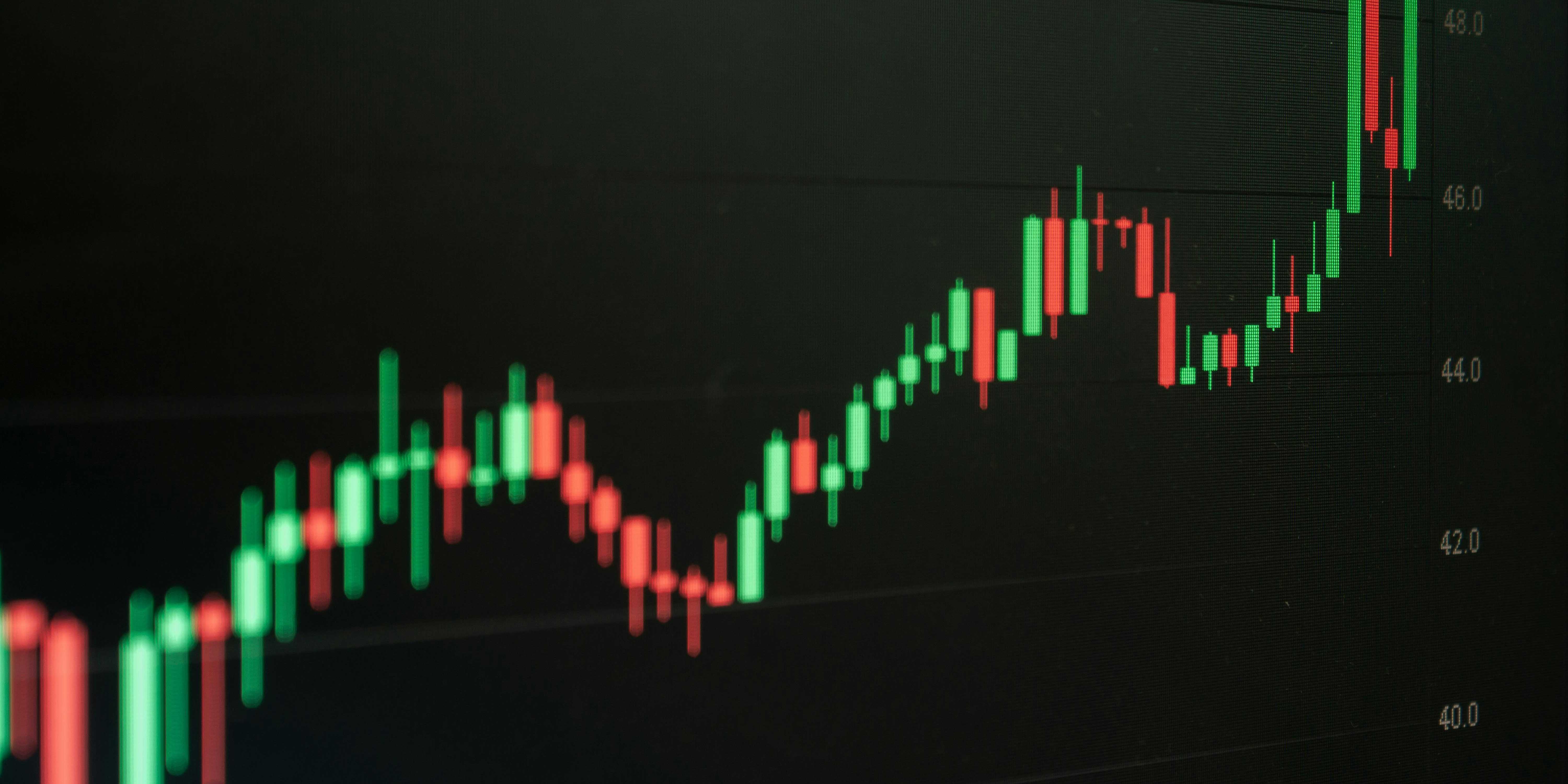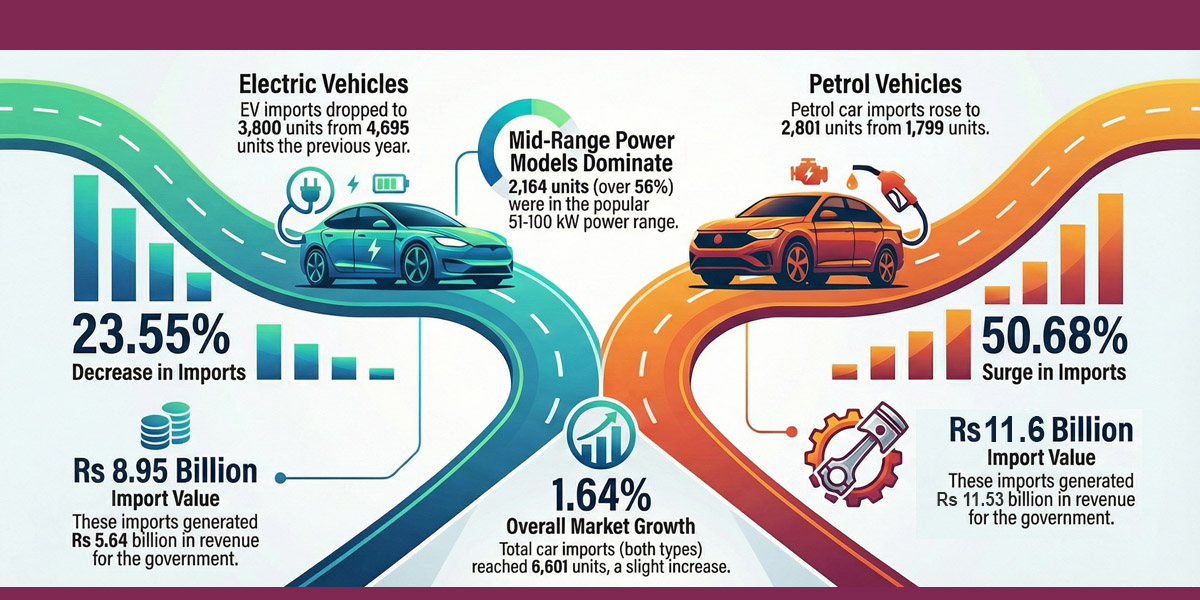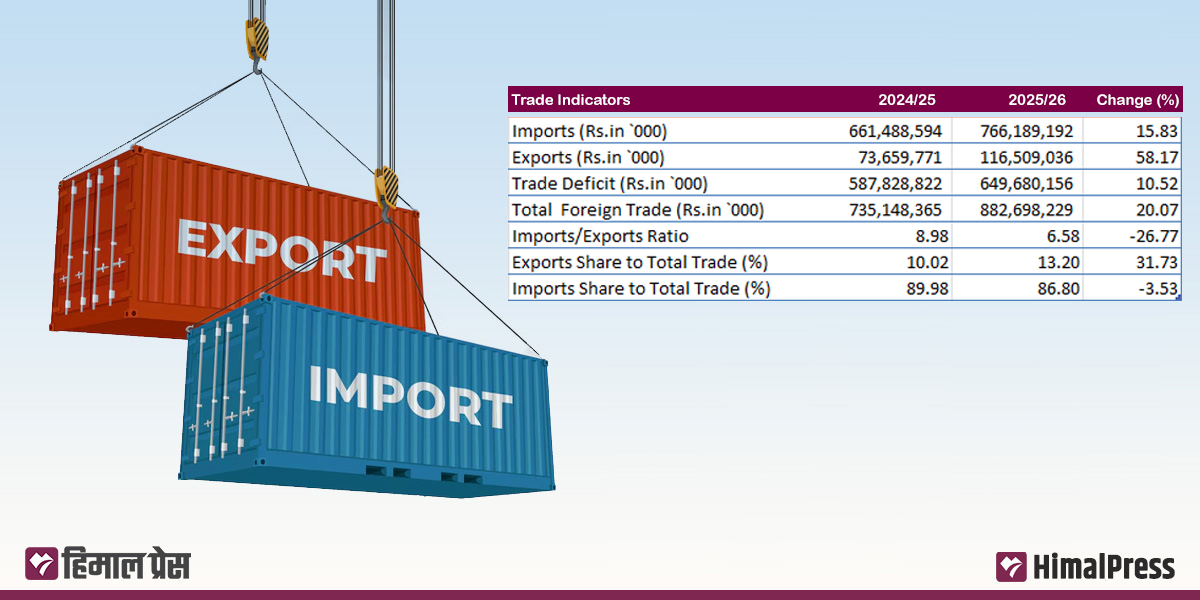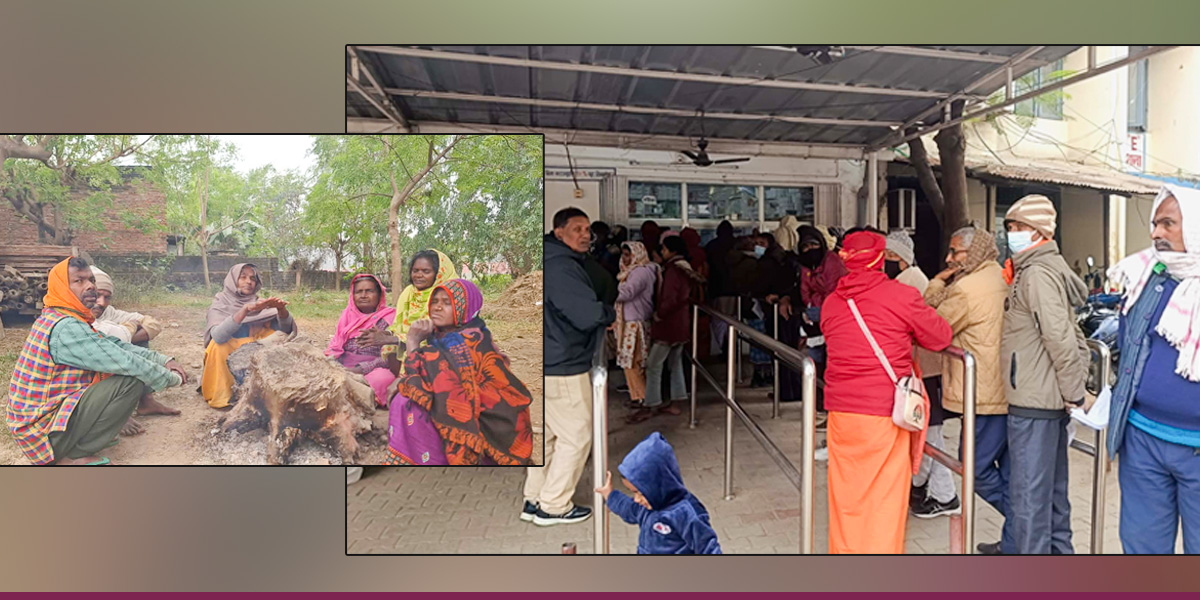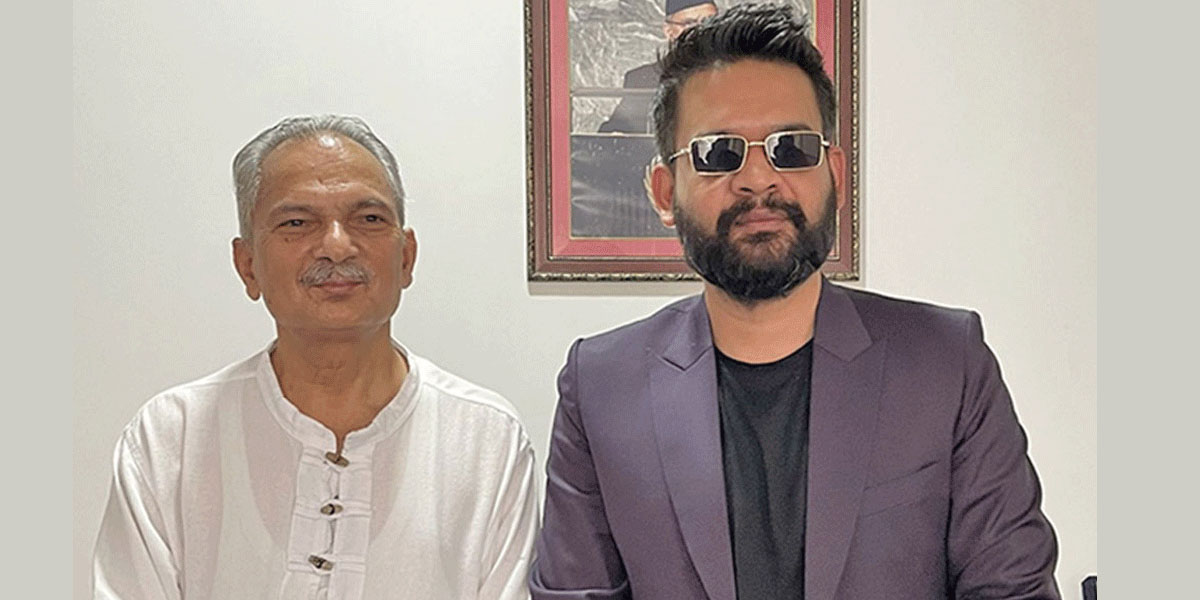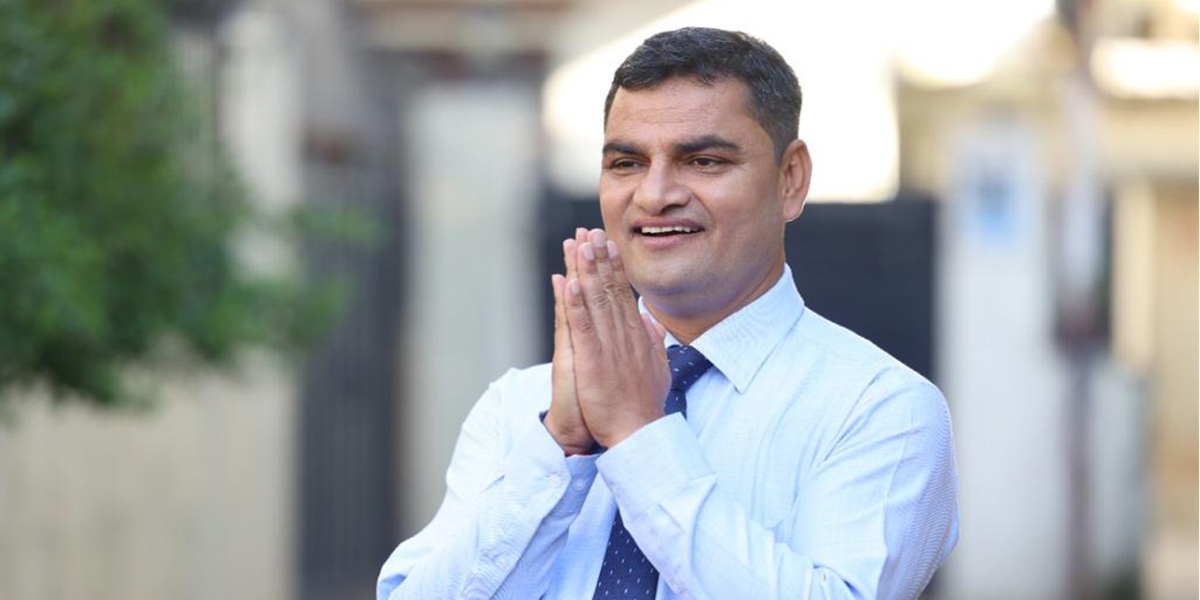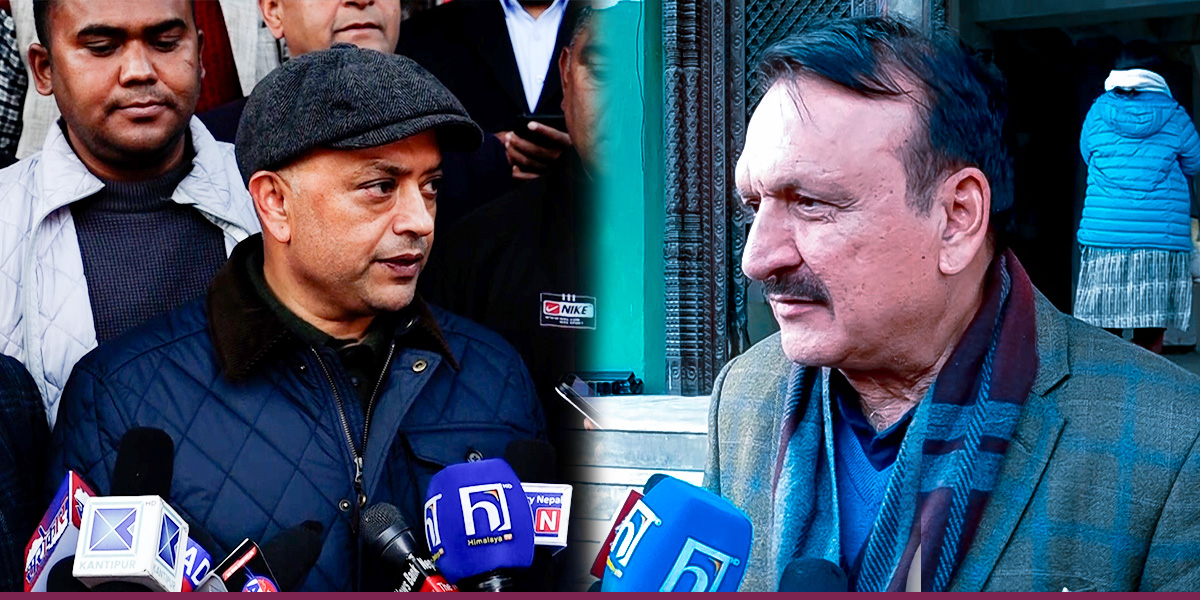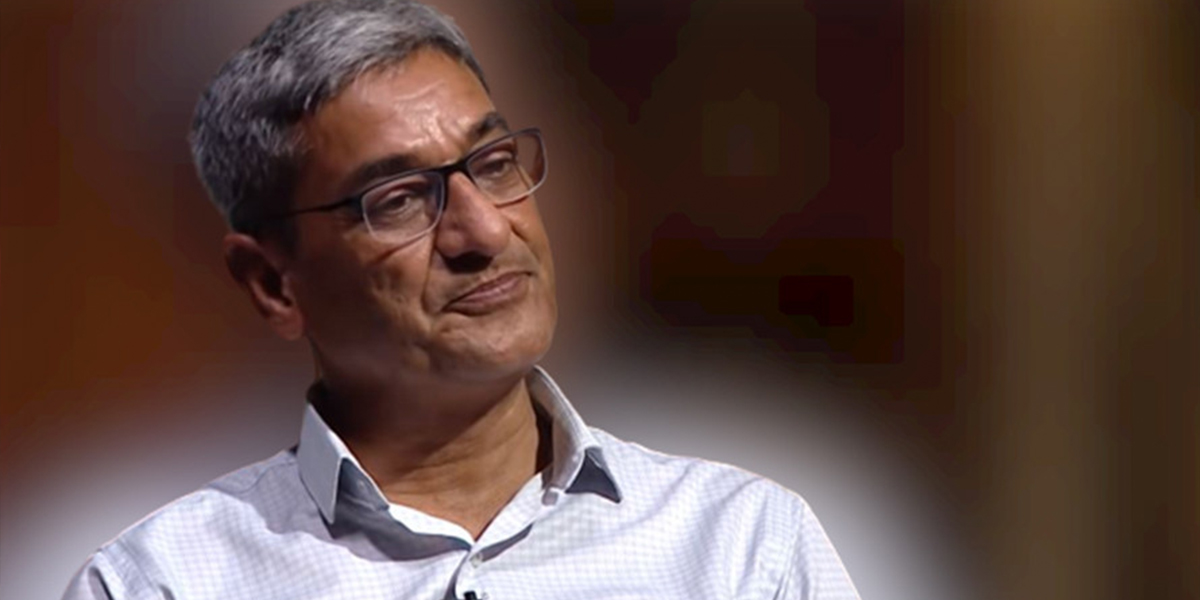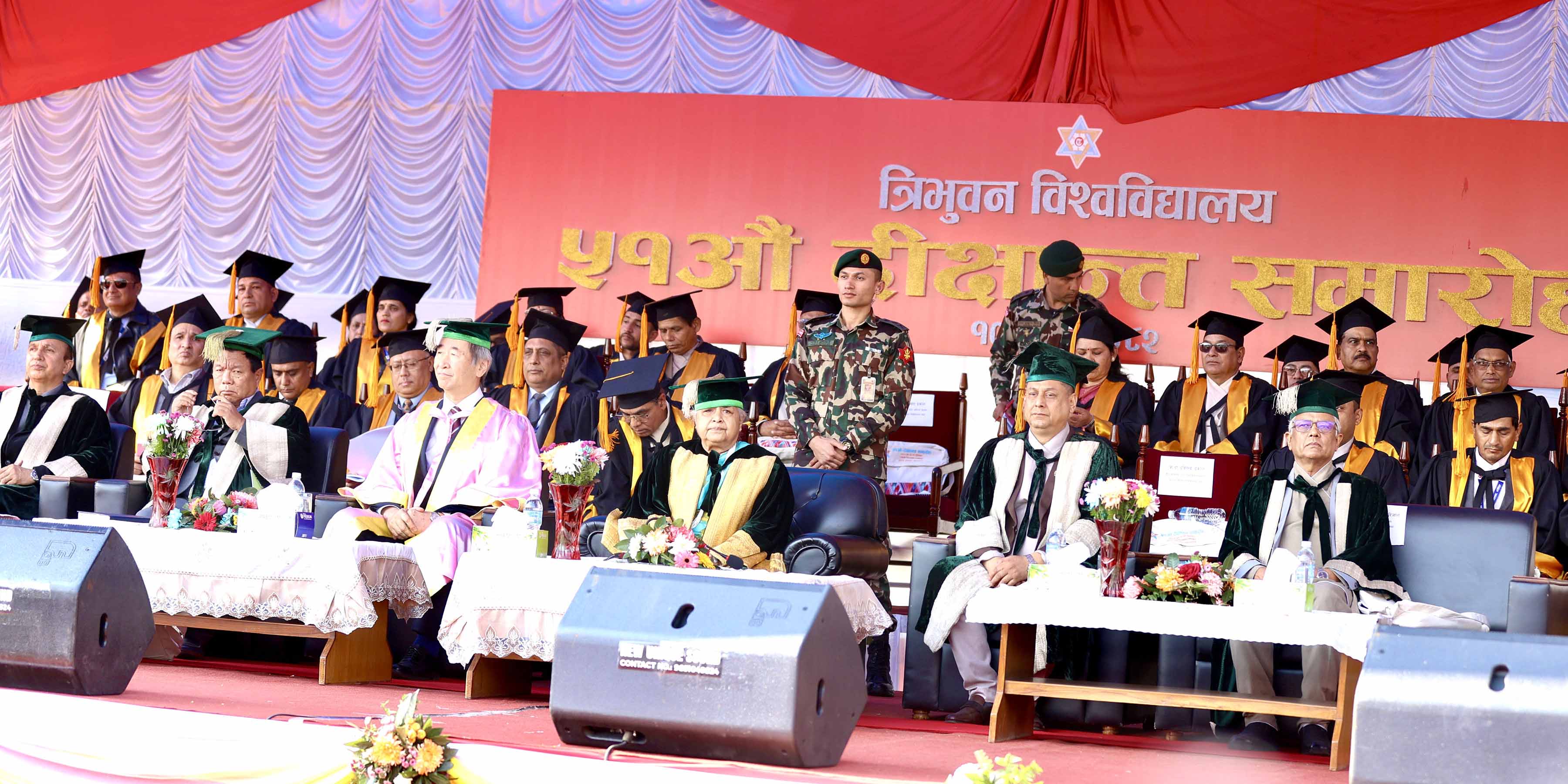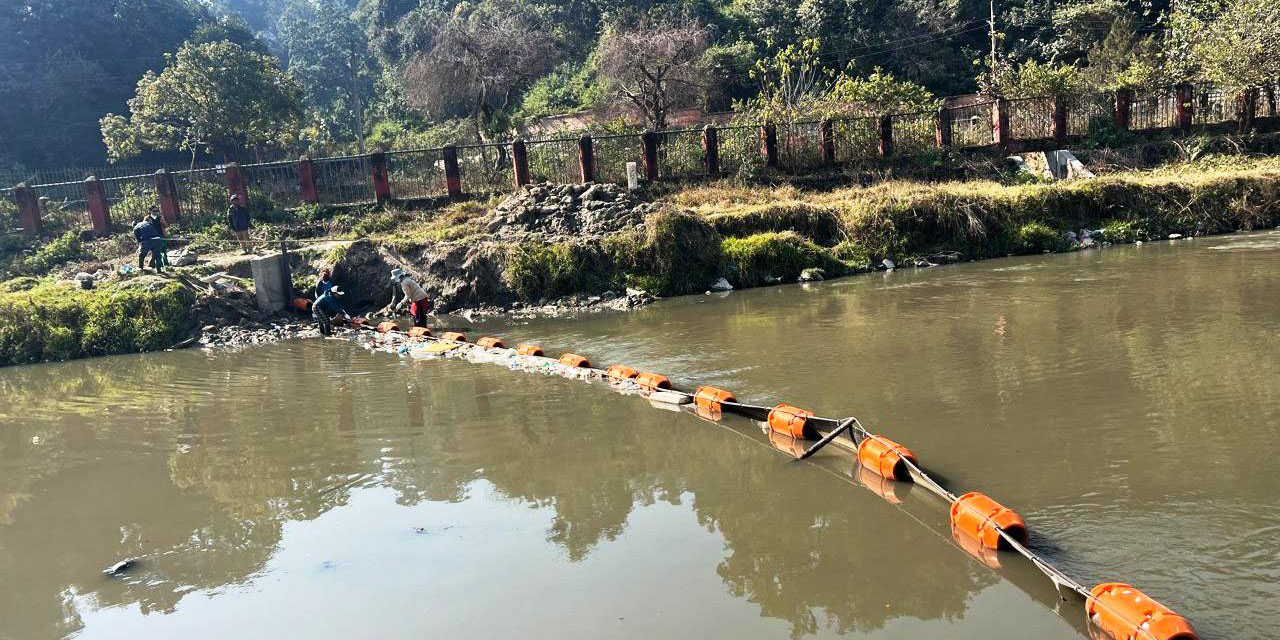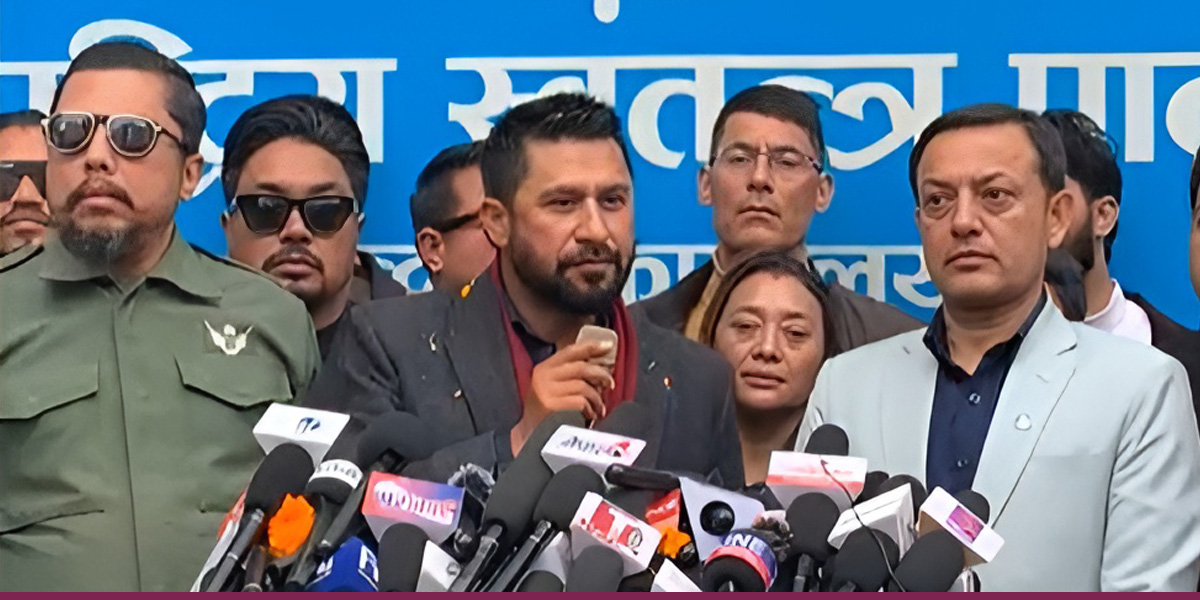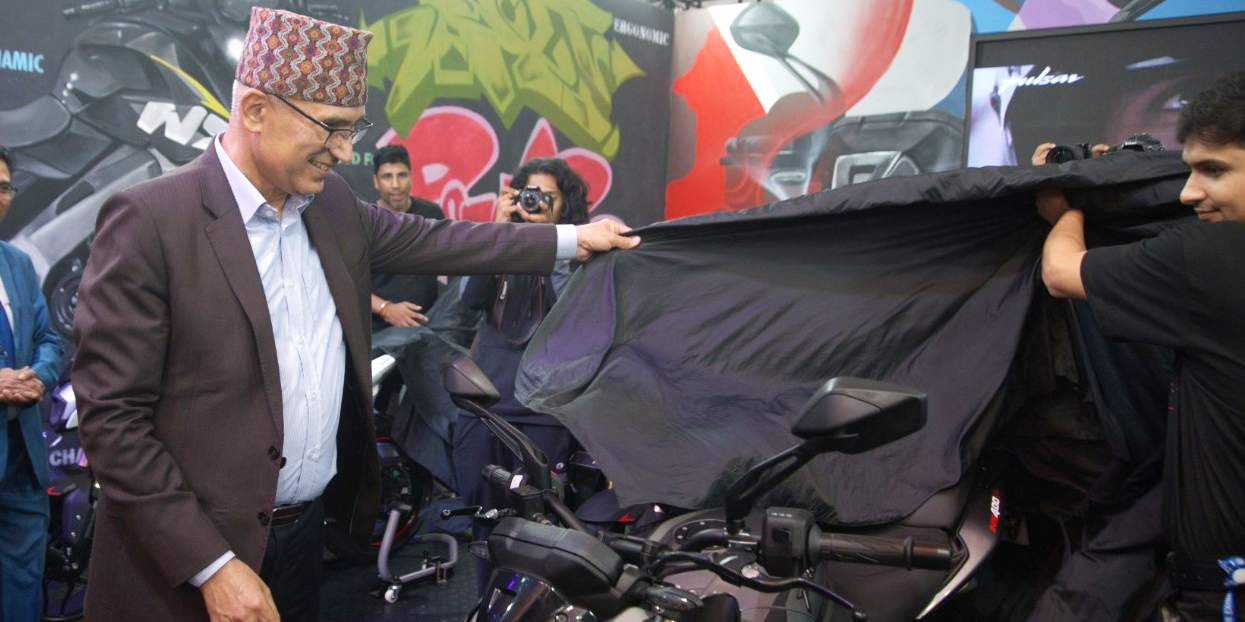
KATHMANDU: The import and business of motor vehicles in Nepal have declined over the past two to three years. However, the market for electric vehicles (EVs) has been on the rise due to the government’s policy of promoting clean transportation and consumer preferences.
With the increasing attraction towards EVs, the government has raised customs duty from 10% to 15% and imposed a 5% excise duty from the current fiscal year. These rates apply to vehicles with battery capacity up to 50 kilowatts. For 51-100 kilowatt capacity, there’s a 20% customs duty and 10% excise duty. Similarly, a 30% customs duty and 20% excise duty apply for EVs with a capacity of 101-200 kilowatts. For EVs with a capacity above 201 kilowatts, customs duty has increased by 20% while excise duty has decreased by 10%.
According to the Department of Customs, Nepal imported vehicles and spare parts worth Rs 78 billion in the previous fiscal year. The decline in vehicle imports, which make a significant contribution to the state coffers, has hit revenue collection. The government has been collecting up to 250% tax on internal combustion engine (ICE) vehicles.
Automobile dealers hope that the NADA Auto Show, which is organized targeting the Dashain-Tihar festive season, will help revive the sluggish vehicle market.
Earlier, automobile dealers had protested against Nepal Rastra Bank’s policy that required a 50% cash margin when opening letters of credit for vehicle imports and limiting bank loans to 50% of the vehicle’s value. They also displayed black banners in their showrooms to protest the decision.
The government has categorized vehicles as luxury items, overlooking their contribution to production and employment. According to NADA Automobiles Association of Nepal, at least 100,000 people are directly employed in this sector, including vehicle sales, spare parts and maintenance.
Nepal has been importing vehicles for over five and a half decades. During this time, countries like South Korea and India have established themselves as vehicle manufacturers and net exporters.
Suraj Vaidya, president of the Vaidya’s Organization of Industrial and Trading Houses, which represents Toyota among other automotive brands in the Nepali market, said Indians earlier used to come to Kolkata port to see vehicles of foreign brands imported to Nepal. India, however, has established itself as a competitive vehicle exporter globally post-liberalization.
Nepal was once a pioneer in electric vehicles in South Asia as it was the first country in the region to induct trolley buses in public transportation. However, it was discontinued due to unstable government policies, according to Vaidya.
Karan Chaudhary, executive director of CG Motocorp and president of NADA Automobile Association Nepal, pointed out the lack of a specific policy framework for the automobile sector. “The government officials are now beginning to claim that the government has lost a significant portion of tax revenue due to the tax incentives provided to promote electric vehicles as well as the reduced revenue due to drop in petroleum imports,” Chaudhary said. “The government is viewing the automotive sector primarily as a source of tax revenue.”
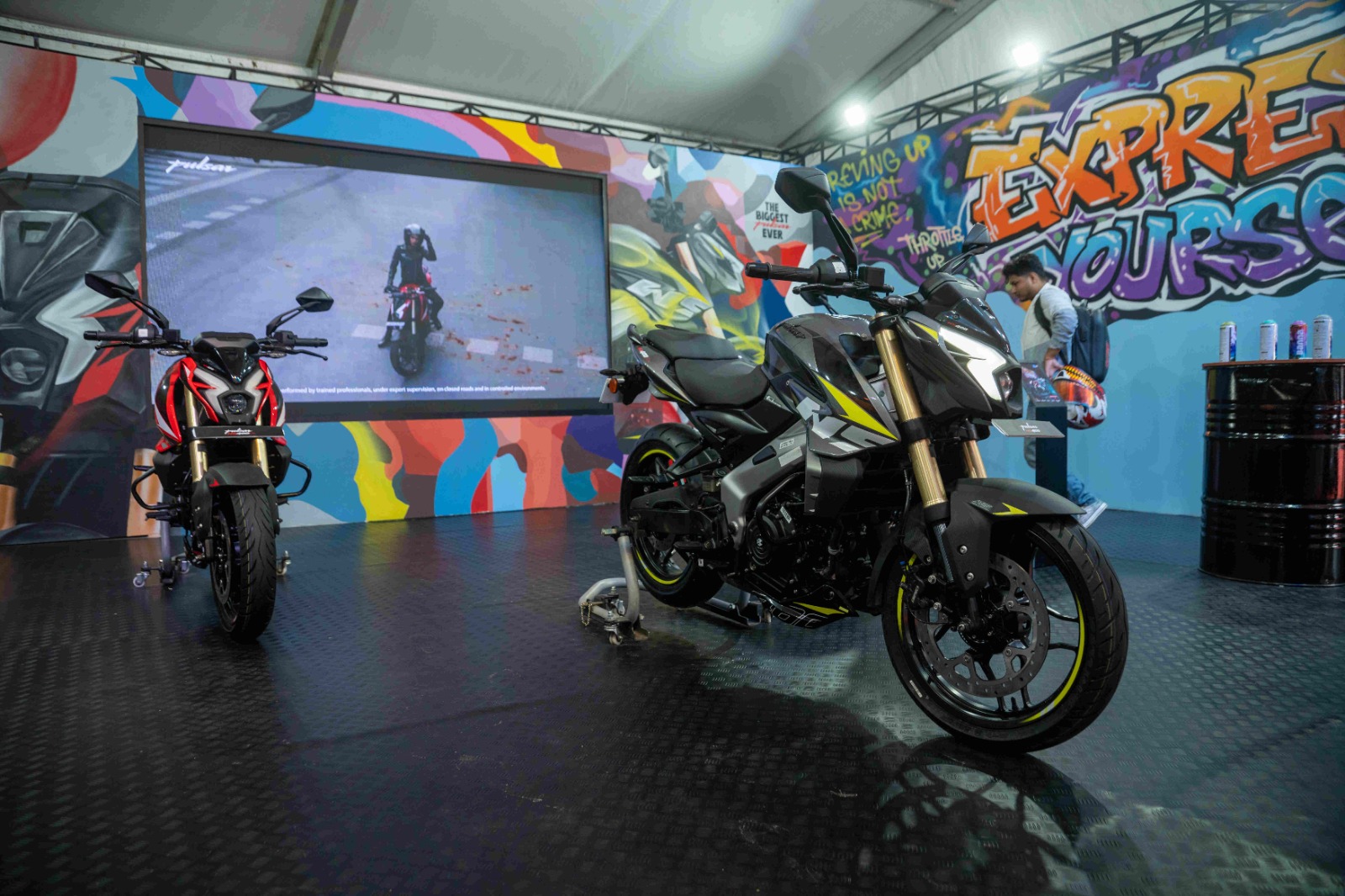
While the government aims to promote clean transportation and reduce fossil fuel consumption, businesspeople complain that the mentality of maximizing revenue through all means has adversely affected the industry.
Former Prime Minister Baburam Bhattarai had promoted locally produced vehicles by selecting the Mustang Max car as his official vehicle. However, he too failed to implement policies for vehicle production and usage in the country.
Hulas Motors, the producer of Mustang Max, discontinued its plan to start production of electric vehicles in Nepal due to the government’s excise duty policy. The company eventually discontinued production of the diesel-powered Mustang Max car.
Currently, only the Hyundai Venue car is being assembled in Nepal. Anjan Shrestha, executive director of Laxmi Group, which represents Hyundai in Nepal, said that the government has discouraged the assembling industry by imposing excise duty on electric vehicles.
The government’s inability to provide tax concessions led to the stalling of a proposal by South Korean company Motrex to produce vehicles in Nepal. The company had already signed an initial investment agreement. This has blocked potential foreign direct investment in Nepal.
The automobile industry could have spurred the growth of ancillary industries like tires, tubes and lubricants. However, the lack of government promotion has hindered their development.
Nepal’s tire market is reportedly worth about Rs 10 billion annually. However, the government failed to sustain its own enterprise – the Gorakhali Rubber and Tire Industry. Similarly, locally produced lubricants hold only a 40% market share.
Automotive industry stakeholders argue that if the government remains focused solely on revenue, not just the automobile sector, no business will be able to thrive.

 Himal Press
Himal Press 
